Who Can Create NFT Art?
Abstract: Anyone with a creative vision can create NFT art, using digital tools to produce unique digital artworks that are then tokenized and sold on blockchain platforms. Artists from various backgrounds, including traditional painters, digital illustrators, and even those new to the art world, are exploring this new medium to showcase their work, connect with a global audience, and monetize their creations. The process involves creating the art, minting it into an NFT, and listing it for sale on marketplaces like OpenSea, with the potential to earn royalties from future sales. As the NFT art market continues to evolve, it offers opportunities for artists to innovate and engage with their audience in unprecedented ways.
The Definition and Background of NFT Art
Non-fungible tokens (NFTs) represent a revolutionary digital asset class that has fundamentally altered how artworks are perceived and traded in the digital realm. Unlike traditional cryptocurrencies such as Bitcoin or Ethereum, which are fungible, meaning each unit is the same as every other unit, NFTs are unique. Each token is distinctly different from another, which allows them to represent ownership of specific digital items-in this case, digital art.
NFTs utilize blockchain technology to provide proof of ownership and ensure the authenticity of digital art linked to each token. This technological framework has enabled artists to monetize digital works that were previously easy to copy without proper compensation.
The NFT art market has experienced exponential growth over the past few years, especially since 2020. This surge is attributed to the increased visibility of high-profile sales and the mainstream adoption of cryptocurrencies. In terms of sales, the market has seen billions of dollars in transactions. For instance, digital artist Beeple sold a piece for $69 million at Christie's auction house, catapulting NFTs into the spotlight.
Popularity has also soared, with collectors and investors alike drawn to the novelty and potential financial gains of owning rare digital art. This booming market has not only provided artists with new revenue streams but also created a new asset class for investors.
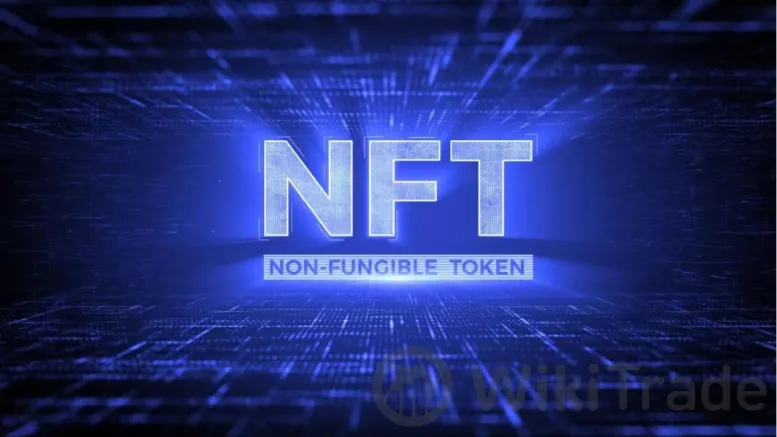
The Creators of NFT Art
Independent artists are among the primary benefactors of the NFT boom. NFT platforms like OpenSea, Rarible, and Foundation provide artists with a marketplace to showcase and sell their works directly to a global audience without the need for intermediaries such as galleries or auction houses. This democratization of art sales has enabled artists to retain a larger share of the profits while reaching wider audiences.
Artists create digital artworks that may include animations, GIFs, 3D models, or digital paintings, mint them into NFTs, and list them on these platforms. The transparency and security of blockchain technology ensure that ownership and royalties can be managed and tracked efficiently, providing ongoing compensation through secondary sales.
Design studios have also adapted to include NFTs in their repertoire, merging traditional design services with the burgeoning field of digital art. These studios often create bespoke NFT collections that cater to specific themes or employ certain styles that appeal to niche markets. By doing so, they not only expand their creative horizons but also tap into a new revenue model that rewards creativity directly through digital means.
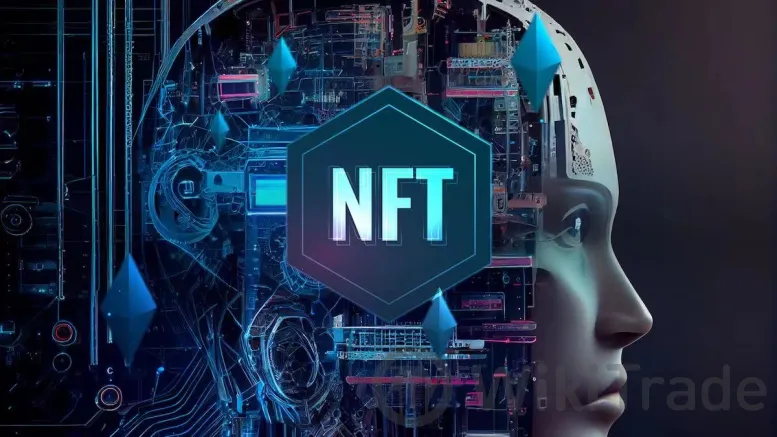
Furthermore, design studios sometimes collaborate with brands to create limited-edition NFTs, which helps in marketing campaigns and enhances brand engagement through innovative digital products.
Large brands and corporations have entered the NFT space to capitalize on their marketing potential and to create a new form of customer engagement. From sports franchises releasing digital memorabilia to fashion brands launching virtual clothing lines, NFTs serve as a novel and innovative way to connect with consumers and fans.
These brands typically partner with established NFT artists or studios to create exclusive content that reflects their identity while leveraging technology to foster a new type of brand loyalty. This strategy not only drives revenue through direct sales but also enhances the brand's modern and tech-savvy image.
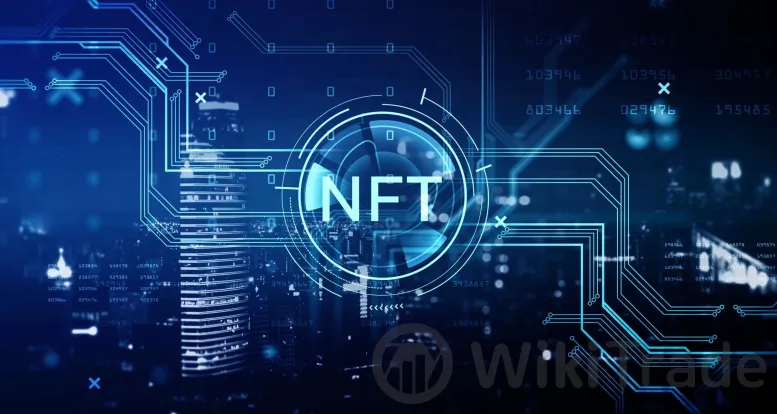
The Technologies and Tools for Creating NFT Art
Creating NFT art involves a variety of software and platforms, each playing a crucial role in the digital art landscape. Central to the process is the blockchain technology on which these tokens are minted, with Ethereum being the most prominent network due to its robust smart contract capabilities. Ethereum allows artists to mint NFTs that are secure and verifiable, which is essential for establishing ownership and authenticity.
Platforms like OpenSea, Rarible, and Mintable are pivotal in the NFT ecosystem. They serve as marketplaces where artists can list their NFTs, and collectors can purchase them. These platforms are user-friendly, making it relatively easy for artists with minimal technical skills to upload and sell their digital creations. They also provide tools for artists to set up royalties, ensuring they earn a percentage of sales whenever their art is resold.
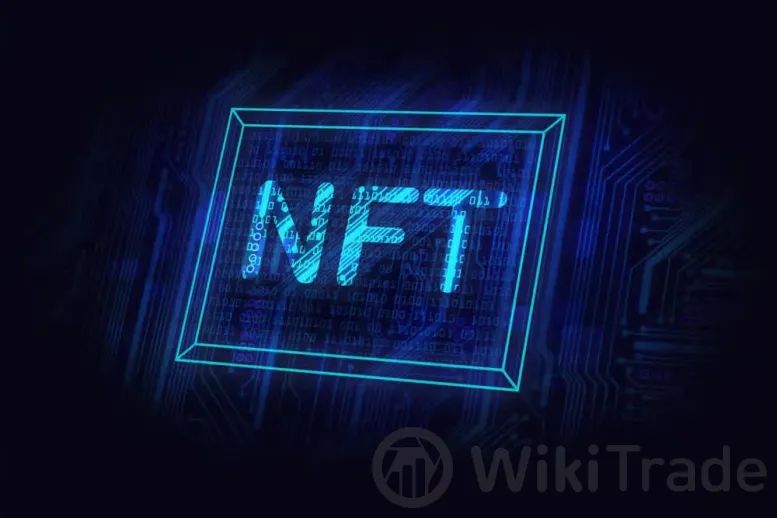
In terms of creation software, artists use a wide range of digital art tools depending on their medium. For digital painters, software like Adobe Photoshop or Corel Painter is common, while 3D artists might use Blender or Cinema 4D. For those creating interactive or generative art, coding environments like Processing or openFrames are used.
Creating NFTs requires more than just artistic skills; technical knowledge is also necessary. Understanding blockchain technology and smart contracts is fundamental, as these are the mechanisms that validate and secure the tokens. Digital rights management is another crucial aspect, where artists need to be able to manage the ownership rights of their digital works effectively.
Artists must also be proficient in using the specific software tools that are standard in the NFT space, including those for encryption and wallet software to store and trade NFTs securely. Learning these technologies can be a barrier for traditional artists transitioning into the digital/NFT space but is essential for successful engagement with the medium.
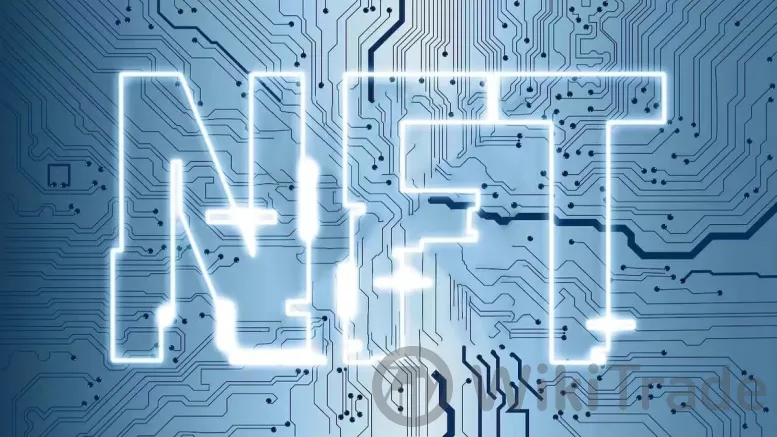
Legal and Ethical Considerations in NFT Art
Copyright law is a significant concern in the realm of NFT art. Since NFTs confer ownership of a unique digital item, the question of what exactly is being owned— the digital file itself, or just a token representing ownership—can lead to legal complexities. Disputes often arise around the originality and ownership of digital art, especially when elements are derived or copied from existing works.
For artists, understanding copyright laws is crucial to avoid legal repercussions and to ensure that their works are protected. Additionally, when selling art as NFTs, artists must clearly define the rights that the token holder will have, such as whether they are purchasing the artwork itself or a license to display the artwork.
The NFT marketplace is not without its ethical dilemmas. Issues such as art plagiarism are rampant, where artists may find their work copied without permission and minted as NFTs by others. Moreover, the environmental impact of blockchain technology, which requires significant computational power and energy, has also been a point of ethical contention.
Market manipulation is another concern, where individuals or groups might artificially inflate the value of NFTs through hype and speculation. This not only misleads potential buyers but can also undermine the legitimacy of the NFT market as a whole.
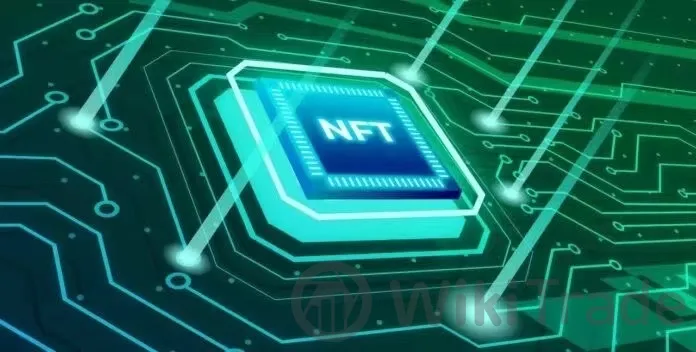
Case Study Analysis of Successful NFT Artists
Several artists have made significant impacts in the NFT space, demonstrating the viability and potential of digital art as a lucrative venture. Beeple, for example, became a household name after his digital artwork, “Everyday: The First 5000 Days,” sold for over $69 million at Christie's. This piece, a collage of images created daily over thirteen years, showcased the unique possibilities of digital commitment and creativity in the NFT marketplace.
Another prominent figure is Pak, an artist known for their conceptual and minimalist digital art. Pak's work, such as “The Merge,” which sold for $91.8 million, plays with abstract concepts and interacts uniquely with the audience, challenging conventional notions of ownership and value in art.
These artists not only highlight the financial potential but also the artistic innovation within the NFT space. Their success stories are pivotal in demonstrating how diverse and adaptive NFT art can be, catering to both art connoisseurs and digital enthusiasts alike.
The success of these artists has had a profound impact on the art market, both traditional and digital. It has led to increased acceptance and interest in digital artworks among traditional galleries and collectors, who previously might have been skeptical about the legitimacy and value of digital art. Furthermore, their success has inspired a multitude of artists from various backgrounds—whether in digital art, traditional art, or even newcomers without prior art experience—to explore the potential of NFTs. This influx has enriched the diversity of artwork available and has fostered a vibrant community of creators and collectors.
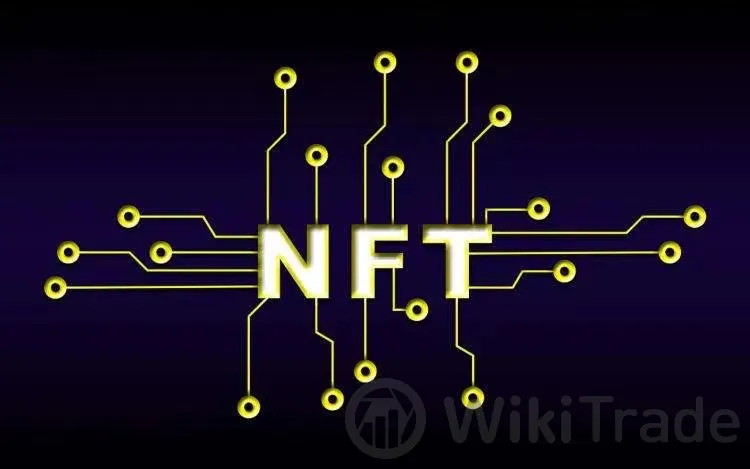
Future Trends in NFT Art
The future of NFT art is likely to be heavily influenced by advancements in technology. Blockchain technology is continuously evolving, becoming more efficient, and less energy-intensive, addressing one of the major criticisms of NFTs related to environmental concerns. Additionally, developments in augmented reality (AR) and virtual reality (VR) are opening new arenas for NFTs, enabling more immersive experiences that blend the physical and digital worlds. For example, VR galleries where people can view and interact with NFTs in a simulated environment could become commonplace.
Integration with AI is also promising, as artists begin to explore generative art, where pieces are partly or wholly created by AI algorithms based on parameters set by the artist. This could lead to new forms of art that are constantly evolving and responsive to their owners or the environment.
The NFT art market is poised to expand into various new domains. The integration of NFTs with video games is already underway, with assets like unique skins, characters, and in-game items being tokenized as NFTs. This not only enhances the gaming experience by providing players with ownership of unique digital items but also opens up new revenue streams for developers.
Beyond gaming, there is potential for NFTs to intersect with the film and music industries, where exclusive content, such as behind-the-scenes footage or special edition releases, can be minted and sold as NFTs. This would provide artists and creators with new ways to engage with their audiences and monetize their content.
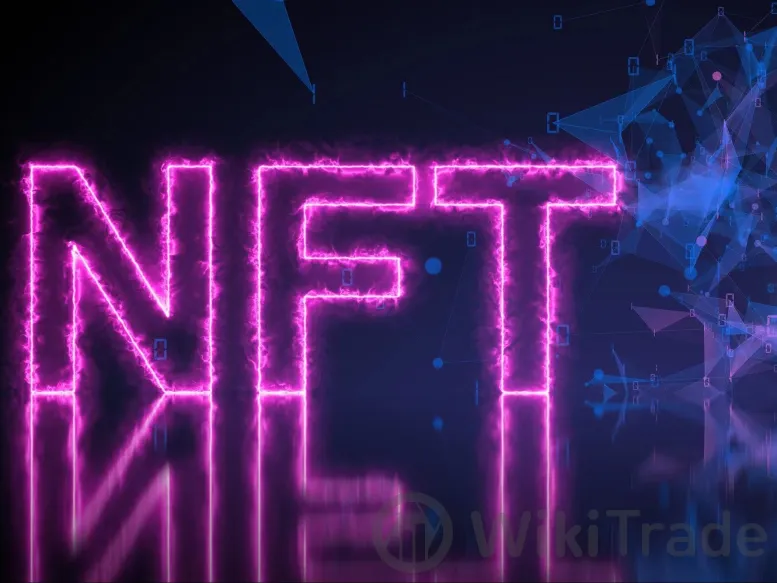
FAQ
What is NFT Art?
NFT art refers to digital artworks that are tokenized as Non-Fungible Tokens (NFTs) on a blockchain. Each NFT is unique, or at least part of a limited run, and uses blockchain technology to provide proof of ownership and provenance of the digital file. Unlike traditional art, which is often physical, NFT art exists primarily in the digital realm and can include anything from images, videos, music, and other forms of creative digital output.
Who Can Create NFT Art?
Anyone with access to digital creation tools and an understanding of how to mint NFTs can create NFT art. This inclusivity opens the field to a wide range of creators, from professional digital artists and musicians to hobbyists and graphic designers. The process does not require traditional gatekeepers such as galleries or auction houses, which democratize the ability to sell and distribute art on a global scale.
How to Start Creating and Selling NFT Art?
Creating and selling NFT art involves several steps:
Art Creation: First, you create digital artwork. This can be anything digital—images, 3D models, animations, music tracks, or even complex interactive installations.
Choose a Blockchain: Select a blockchain that supports NFTs, such as Ethereum, Binance Smart Chain, or Flow. Each has its own set of features, gas fees, and environmental impacts.
Minting: Minting is the process of creating a digital certificate of your artwork on a blockchain. This involves interacting with an NFT marketplace where you can upload your digital file, fill out metadata, and transform it into an NFT.
Selling: Once minted, your NFT can be sold. You can list it for a fixed price or put it up for auction. Many platforms also allow you to earn royalties on future resales of your NFT.
What are the Legal Considerations of NFT Art?
The legal landscape around NFTs is still developing, but several key considerations include:
Copyright: You must own the rights to art or have permission to use it as an NFT.
Intellectual Property: NFTs can raise issues regarding the reproduction rights of digital art, especially concerning how buyers use the art.
Regulatory Compliance: Depending on your location, the sale of NFTs may be regulated, and specific disclosures may need to be made.
What is the Future of NFT Art?
The future of NFT art looks vibrant and is likely to be influenced by several factors:
Technology Enhancements: As blockchain technology evolves, it's becoming more scalable, sustainable, and integrated with other digital realms such as augmented reality and virtual worlds.
Market Expansion: The audience for NFTs is expanding beyond collectors and speculators to include average consumers, driven by easier access and broader applications of the technology.
Interdisciplinary Collaborations: Increasingly, collaborations across different media and industries like gaming, music, and film are becoming commonplace, creating new interactive experiences and utilities for NFTs.
Here are some related information resources.
https://www.investopedia.com/how-to-create-an-nft-6362495
https://youtu.be/RAn-sl_kuI0?si=7IhGHNaBf1IwrvJg




Top News
 WikiTrade
WikiTrade WikiTrade
WikiTrade WikiTrade
WikiTrade WikiTrade
WikiTrade WikiTrade
WikiTrade WikiTrade
WikiTrade WikiTrade
WikiTrade WikiTrade
WikiTrade WikiTrade
WikiTrade WikiTrade
WikiTrade


